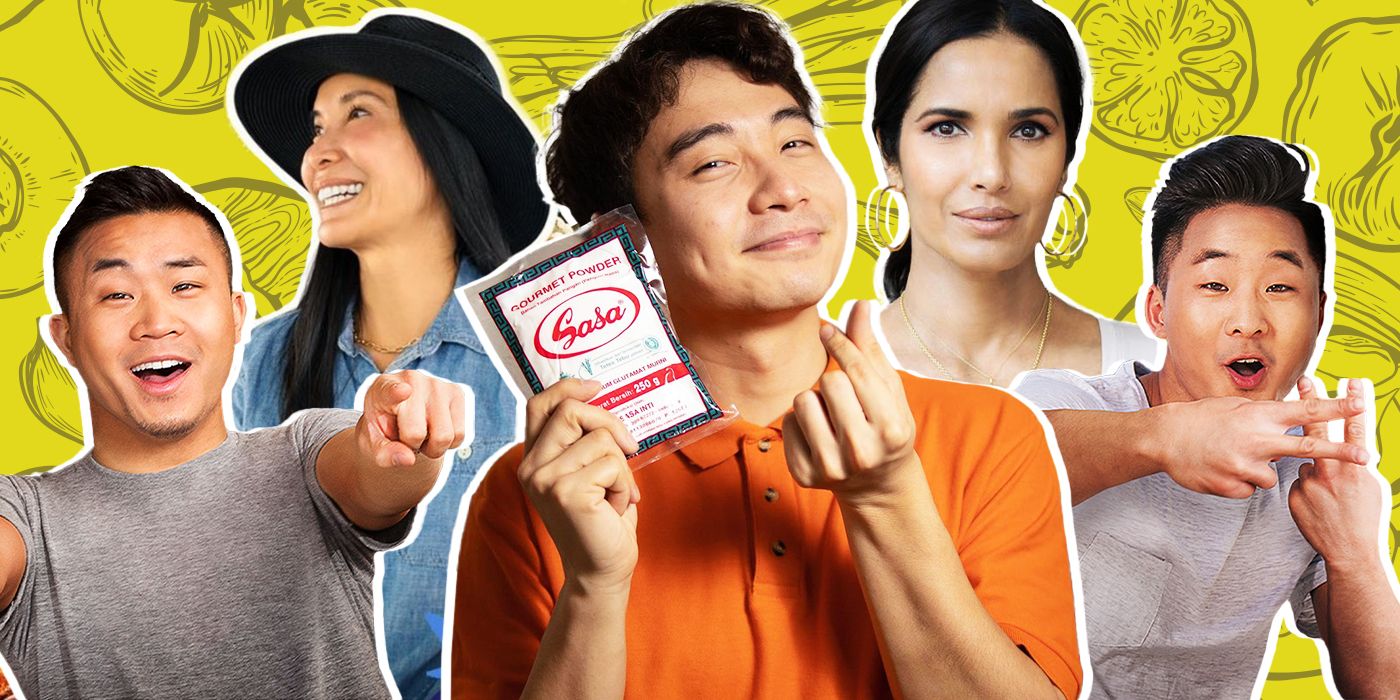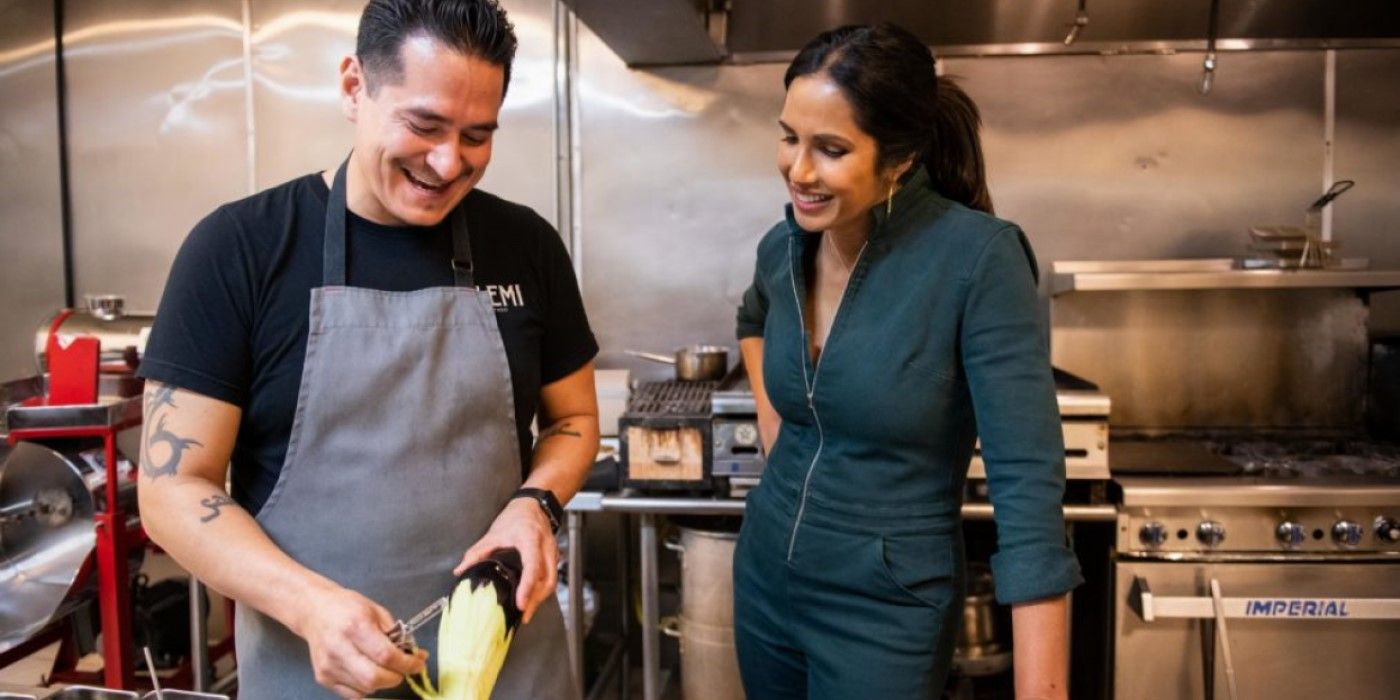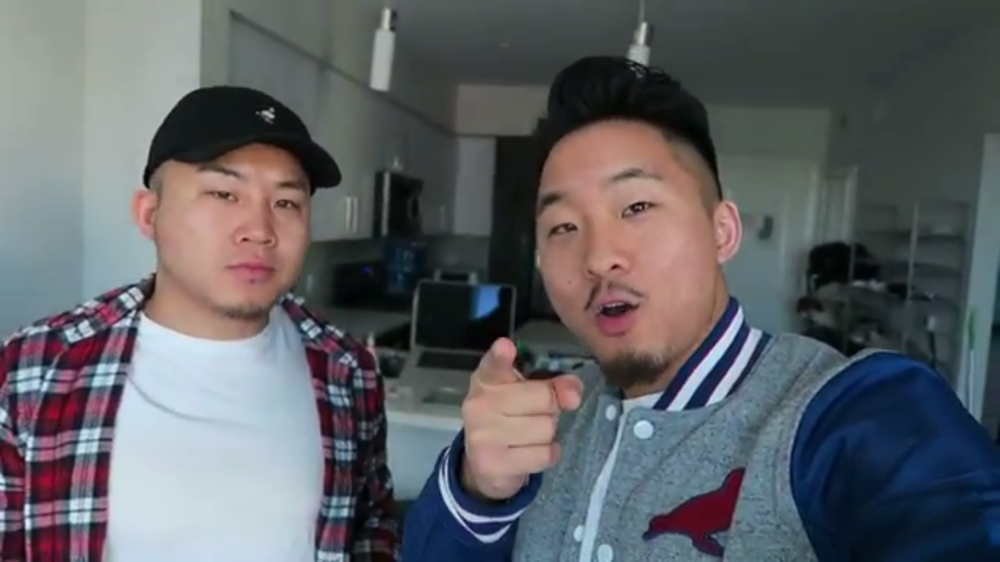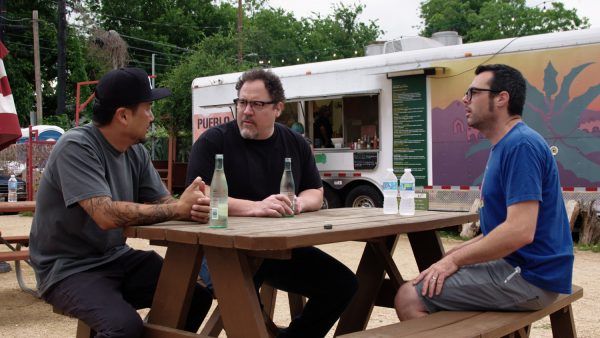Lately, Asian Americans have been making a splash across streaming platforms in a variety of shows and series. This trend, no doubt, is a big step forward from the days when Hong Kong chef Martin Yan was the primary voice for Asian cuisine on television, hosting the popular cooking show Yan Can Cook on Public Broadcast Television which premiered in the 80s but even played through the early 2000s. His show was taped in front of a live studio audience. His impressive knife skills, cooking advice, and expertise on Chinese cuisine elicited positive reactions and appreciation for traditional Asian dishes such as Hunan eef with broccoli and sweet and sour chicken.
While many episodes of Yan Can Cook have made their way onto YouTube, the cooking and food landscape on television has changed. Many shows across the Food Network, Cooking Channel, and Bravo are centered around cooking competitions and game shows such as Chopped and Top Chef. On the other hand, travel shows such as Anthony Bourdain’s No Reservations and Andrew Zimmern’s Bizarre Foods showcased exotic locations alongside local cuisine, many of which take place in Asia.
The issue with shows like these is that, rather than center Asian voices in presenting their respective foods, Bourdain and Zimmern are presented as the protagonists of these shows. What is significant about recent shows such as Take Out with Lisa Ling on HBO Max and Taste the Nation with Padma Lakshmi on Hulu is that they are not only hosted by prominent Asian Americans but the people they interview often have stories surrounding their foods that are often overlooked.
There is no doubt that, ever since Yan Can Cook, a lot of Asian American representation around food and Asian American representation in general has been found on social media and platforms such as YouTube. Take, for instance, Ryan Higa's videos have used comedy to subvert stereotypes and expectations about Asians to great success and popularity. Others have followed suit, such as Andrew and David Fung — or simply the Fung Bros — who have spawned an entire multimedia platform for Asian American personalities and topics across YouTube, TikTok, and even television.
Their videos about Asian restaurants and cuisines across the United States helped them land their own TV show on A&E, Broke Bites: What the Fung?! Recently, David Fung joined comedian and actor Ronny Chieng in a short comedy special on Netflix’s comedy YouTube channel “Netflix is a Joke.” In “Ronny Chieng Takes Chinatown,” Fung and Chieng try to save a Chinatown restaurant from closing by enlisting the help and support of NBA player Jeremy Lin and actor and recent Marvel superhero, Shang-Chi himself, Simu Liu.
Part of the appeal of these social media platforms is their easy accessibility for a global audience. While traditional forms of television can get caught up in rights and distribution issues, and where they air can even get confusing depending on channel availability in different countries, everyone has access to YouTube and TikTok. Creators such as the Fung Bros can reach audiences both in Asia and elsewhere.
Nigel Ng, who plays everyone’s favorite orange-polo-wearing Asian uncle, Uncle Roger, on YouTube, tells The Diplomat, “[I’m] speaking to two audiences through a single character. Half of my fans are Asian from Asia, and I want to portray that ‘uncle’ we all know.” With comedy, Uncle Roger critiques chefs like Gordon Ramsey and Jamie Oliver for their attempts at cooking Asian dishes such as egg fried rice and green curry. With platforms such as YouTube and TikTok, Asian personalities have had the opportunity to reach a wider audience than through traditional media like movies and television.
Streaming services have now caught on to the opportunity of catering to Asian audiences across the globe. But this opportunity is also great for more Asian American voices to lead these food-centric shows. In 2014, director and actor Jon Favreau made a film called Chef, which follows a chef’s passion for original dishes by leaving a fine dining restaurant for a self-operated food truck. There have been other films about cooking, too, such as 2015’s Burnt starring Bradley Cooper, but Asian representation — just as it has across media — has been lacking in such films.
For Chef specifically, Favreau trained under Korean American chef Roy Choi in order to properly play a chef with expertise. Now, on Netflix, Choi’s own expertise can be seen in Favreau’s spinoff documentary cooking show The Chef Show. Choi is presented as the authority figure over a variety of cuisines, and his insights and storytelling about food and cooking bring an authentic Asian American voice to the show.
Elsewhere, on platforms such as HBO Max and Hulu, successful food personalities and journalists have had the opportunity to host their own shows and culinary adventures. In Take Out, Lisa Ling explores different parts of the United States where Asian communities, often where you least expect them, have created a culinary hot spot for culture and cuisine. In the first episode, Ling interviews various Filipino Americans in Louisiana, where some of the first Filipinos arrived during the 18th century when the Spanish had control over the region. On the show, Filipino Americans share their love of communal meals and desserts such as halo halo. And on Hulu’s Taste the Nation, Padma Lakshmi, who hosted many seasons of Top Chef on Bravo, similarly explores various dishes in the United States centered on immigrants and minorities whose stories might have never been explored on traditional television and media.
It’s an exciting time for Asian representation, especially with recent blockbusters such as Crazy Rich Asians and Shang-Chi and the Legend of the Ten Rings. However, since the beginning of the coronavirus pandemic, there has also been a rise in Asian hate crimes and xenophobia. Of course, many of these incidents of hate are related to food and cuisine, which are seen as other and different. For example, Lululemon came out with a shirt design that mocked coronavirus, a Chinese food take-out box that says, “Bat Fried Rice.” But with shows such as Take Out and Taste the Nation, Asian Americans are changing the narrative around Asian food and cuisine. They give an authentic point of view and expertise on many dishes while simultaneously telling their personal stories. As a Filipino American myself, the prominence of these shows is just as comforting as the many foods they showcase.




